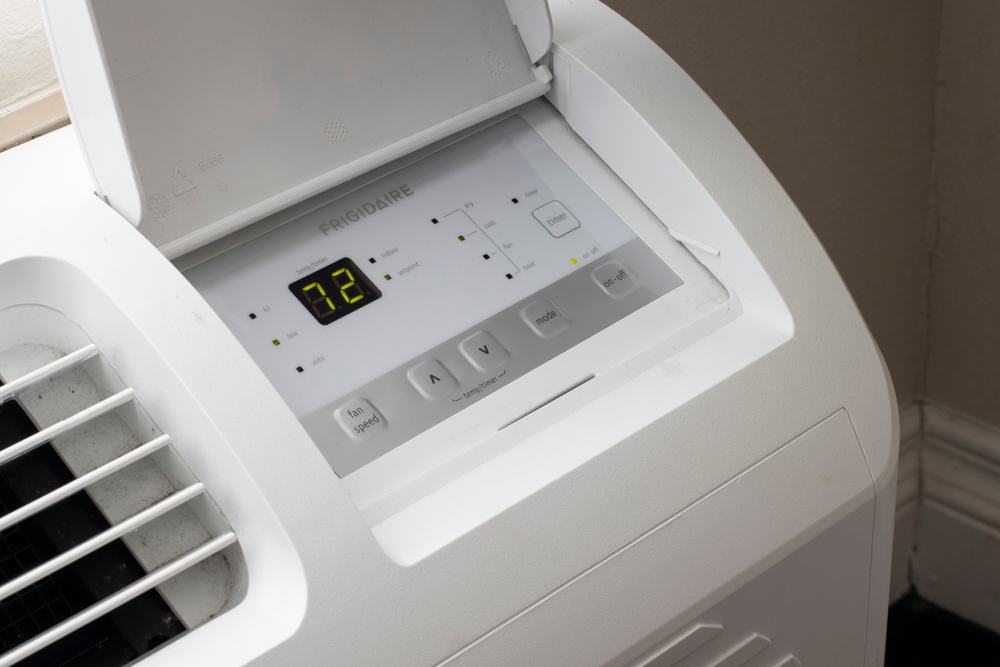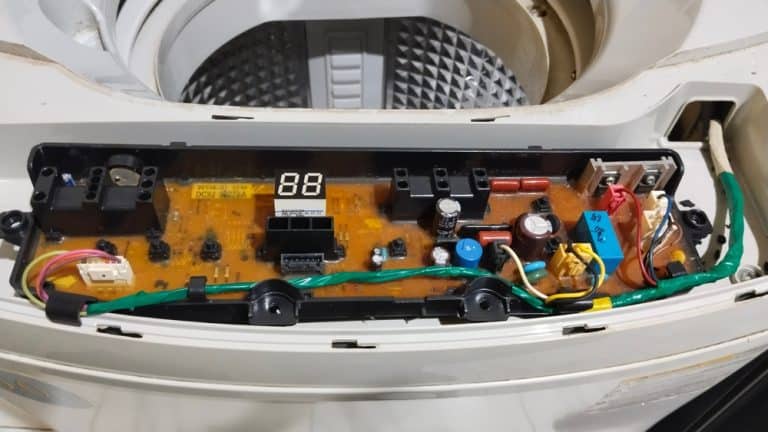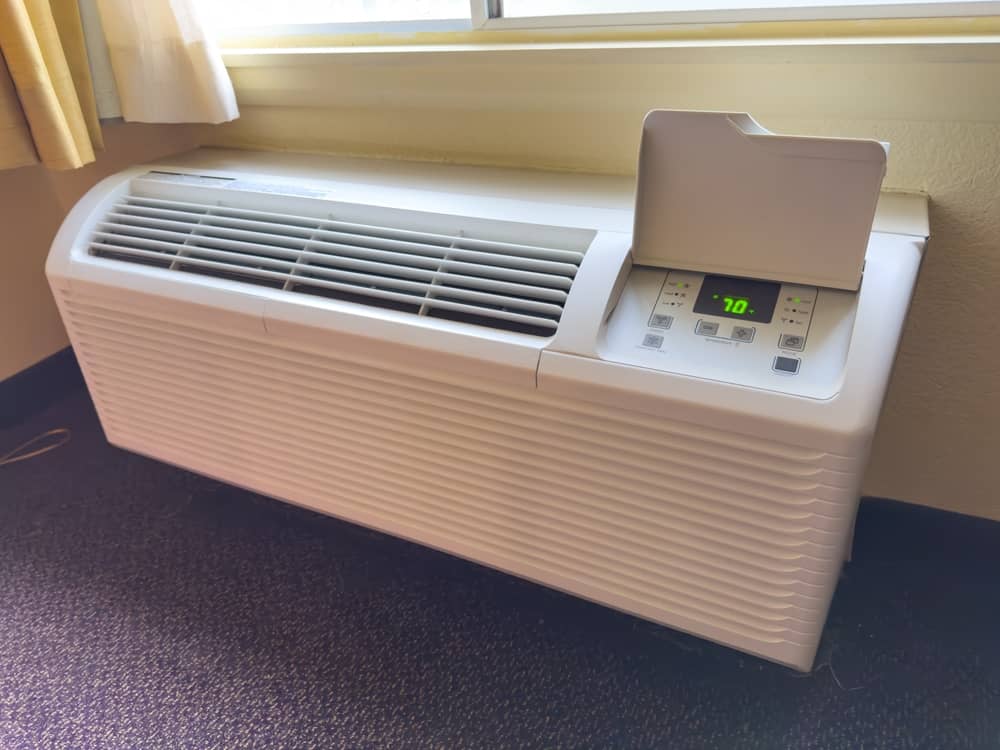Menu
(646) 740-0112
(646) 740-0112
Discover why residents and property managers in New York City trust us for their HVAC needs. Read testimonials from our clients who have experienced the quality, professionalism, and reliability that we bring to every project. Their stories highlight our commitment to excellence and customer satisfaction.

In Forest Hills, NY, residents often rely on their PTAC units to provide comfortable indoor temperatures throughout the year. At High Tech PTAC Service NYC, we understand that encountering issues with your PTAC unit can be frustrating and inconvenient. Common problems include the unit not turning on, producing strange noises, or failing to cool effectively. These issues can range from minor annoyances to major disruptions, especially during extreme weather conditions. Identifying these problems early on is crucial to maintaining a comfortable living or working environment.
Furthermore, we at High Tech PTAC Service NYC, serving Queens County, have observed that issues like water leakage, foul odors, and erratic cycling are also prevalent in PTAC units. These problems often indicate deeper issues within the system, such as blocked drainage, dirty filters, or malfunctioning thermostats. Our team of experts in Forest Hills, NY, is well-equipped to diagnose and resolve these issues efficiently. Early detection and timely repair not only ensure your comfort but also extend the lifespan of your PTAC unit.
Our team in Forest Hills, NY, is highly trained and experienced in PTAC repair, ensuring quality service every time.
At High Tech PTAC Service NYC, customer satisfaction is our top priority, and we go above and beyond to meet your PTAC needs in Queens County.
We understand the urgency of PTAC issues, which is why we offer prompt and reliable repair services to all our clients in Forest Hills.

Encountering issues with your PTAC unit in Forest Hills, NY, can be a challenging experience. However, there are several DIY steps you can take before seeking professional help. Begin by ensuring that your PTAC unit is properly connected to a power source. Check the circuit breakers and power cords for any signs of damage or disconnection. Sometimes, a simple reset can bring your PTAC unit back to life. Additionally, cleaning or replacing the air filter is a crucial step. A dirty air filter not only reduces efficiency but can also lead to poor air quality and increased energy consumption.
If these initial steps don’t resolve the issue, it may be time to delve a bit deeper. Check the thermostat settings and ensure they are appropriate for the current weather in Queens County. Also, inspect the external vents for any obstructions that could impede airflow. If you’ve gone through these steps and your PTAC unit is still not functioning correctly, don’t hesitate to call (646) 740-0112 for professional assistance. The experts at High Tech PTAC Service NYC are always ready to provide comprehensive repair services to restore your PTAC unit’s functionality and ensure your comfort in Forest Hills.

When your PTAC unit in Forest Hills, NY, encounters issues beyond simple DIY fixes, it’s time to turn to professional repair services. At High Tech PTAC Service NYC, we have a dedicated team of technicians who specialize in PTAC systems. Our professionals are equipped with the necessary tools and knowledge to handle a wide range of PTAC issues. From electrical faults to mechanical wear and tear, we ensure thorough diagnostics and efficient repairs. Our approach involves a detailed examination of your unit, identifying the root cause of the problem, and implementing effective solutions to restore optimal functionality.
Moreover, opting for professional PTAC repair services in Queens County means benefiting from expert advice and long-term solutions. Our technicians at High Tech PTAC Service NYC not only fix the immediate problem but also provide guidance on maintaining your unit to prevent future issues. Regular maintenance and professional servicing can significantly extend the life of your PTAC unit and improve its efficiency. By choosing (646) 740-0112 for your PTAC repair needs, you’re ensuring that your unit receives the highest standard of care, guaranteeing your comfort and peace of mind in Forest Hills.
The development of adjacent Forest Park, a park on the southern end of Forest Hills, began in 1895. Starting in 1896, the landscape architecture firm of Olmsted, Olmsted & Eliot was contracted to provide a plan for the park.
In 1906, the Cord Meyer Development Company, headed by Brooklyn attorney Cord Meyer, bought abutting land made up of six farms (those of Ascan Bakus, Casper Joost-Springsteen, Horatio N. Squire, Abram V. S. Lott, Sarah V. Bolmer, and James Van Siclen). The company then renamed the aggregate 600 acres (240 ha) “Forest Hills”, after Forest Park. Single-family homes, designed by architects such as Robert Tappan and William Patterson, were constructed on these 600 acres. The roads of Forest Hills were laid out by 1910. The present-day Ascan Avenue in Forest Hills is named after Ascan Bakus.
Margaret Sage, the founder of the Russell Sage Foundation, bought 142 acres (57 ha) of land from the Cord Meyer Development Company in 1908. This land was to be used for “Forest Hills Gardens”, a development on the southern side of Forest Hills. Grosvenor Atterbury, a renowned architect, was given the commission to design Forest Hills Gardens. The neighborhood was planned on the model of the garden communities of England, with its own inn, garage, and post office. It also included narrow, winding roads to limit through traffic. As a result, there are many Tudor-style homes in Forest Hills. The more sprawling ones are located in Forest Hills Gardens, but most are located in the section loosely bounded by 68th Avenue on the north; 72nd Road on the south; 108th Street on the west; and Grand Central Parkway on the east. The construction of this area used a prefabricated building technique. Each house was built from approximately 170 standardized precast concrete panels, fabricated off-site and positioned by crane. The houses were mostly constructed between 1910 and 1917.
Learn more about Forest Hills.Designed by Hub It Group